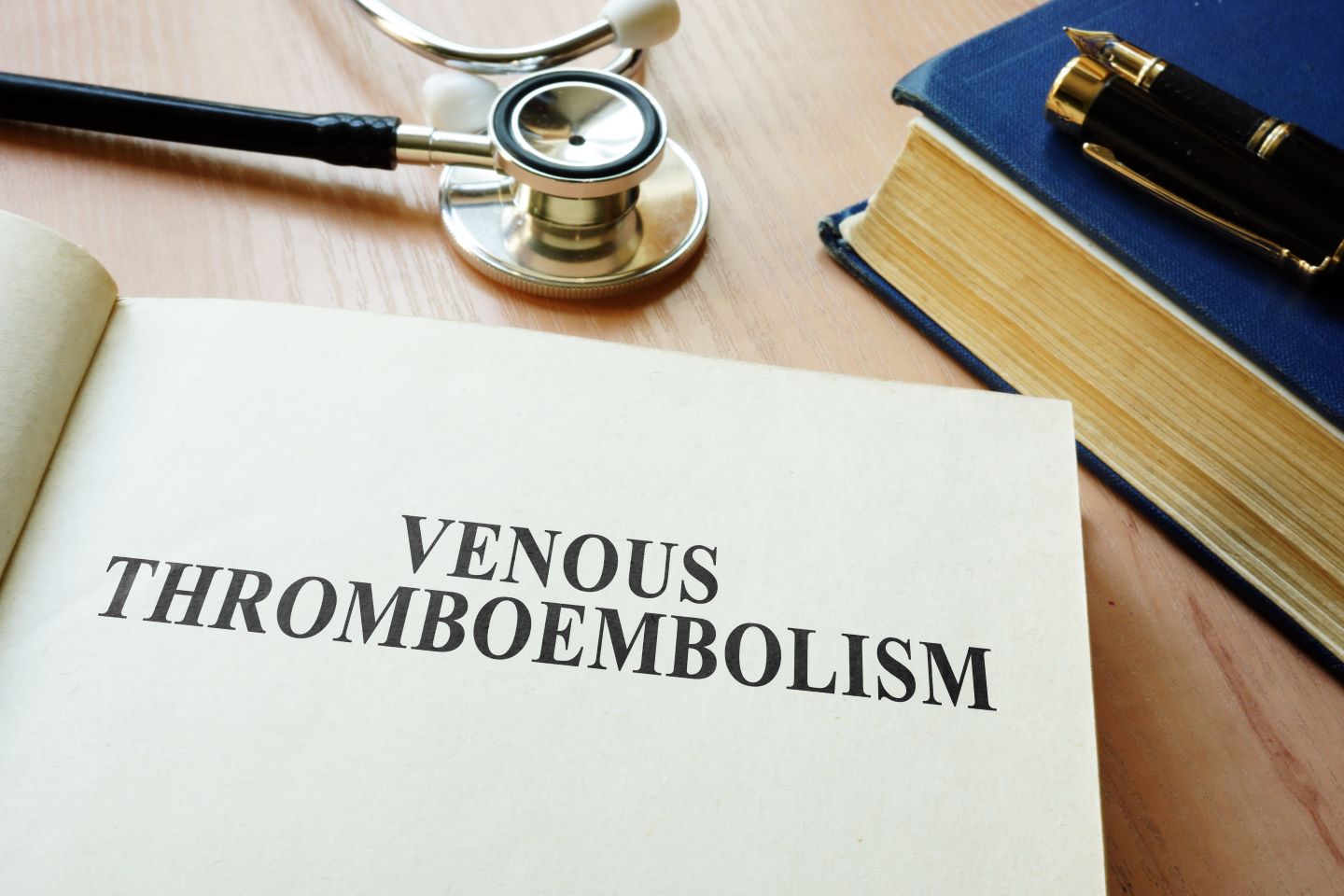
At the 2023 European Society of Cardiology Conference, the session “Mechanisms of acute pulmonary embolism: lifting the curtain”, moderated by Professor Jørn Carlsen of Copenhagen and Dr Michel De Pauw of Gent, contained many interesting findings. Seven presenters discussed topics such as inflammatory biomarkers in patients with acute pulmonary embolism, risk factors of newly diagnosed cancer after a venous thromboembolism (VTE) diagnosis, and more. One of the said presenters was associate Professor Helen Sjoland of Sweden, who shared her study: “Long-term risk of pulmonary embolism and deep venous thrombosis after Covid-19: a population cohort study.” In this 2023 study, Sjoland and other researchers found an elevated excess risk of VTE after 180 days in patients hospitalised for Covid-19. These findings show the risks that patients face when hospitalised for prolonged periods of time.
VTE is a disease that occurs when a thrombus, or blood clot, forms in an individual’s deep vein. The VTE can either be provoked, meaning caused by a specific event such as a surgery or a long flight, or unprovoked. VTE can be further segmented into deep vein thrombosis (DVT) and pulmonary embolism (PE). A PE occurs when the thrombus embolises, breaking off and travelling to the lungs. VTE is the third most common cardiovascular condition globally and is associated with long-term mortality and morbidity. Treatment most often includes the use of anticoagulants, however, patients may also be provided anticoagulants as a preventative measure, such as after a total hip or total knee replacement surgery, or if they have been hospitalised or immobilised for three or more days with conditions such as heart failure, respiratory disease, infection, stroke, and more.
In their cohort study, Sjoland and colleagues examined Swedish citizens aged 18–84 years who were hospitalised and/or testing positive for Covid-19 between 1 January 2020 and 11 September 2021, stratified by initial hospitalisation. These patients were compared to matched (1:5) non-exposed population-derived subjects without Covid-19. Their outcomes of interest were incident VTE, PE, or DVT recorded within 60, 60–180, and 180 or more days. They utilised Cox regression for evaluation and adjusted for age, sex, comorbidities, and socioeconomic markers. The researchers found that patients hospitalised for Covid-19 had fully adjusted hazard ratios between 60 and 180 days of 6.05 for PE and 3.97 for DVT, compared to non-exposed patients without hospitalisation who had fully adjusted hazard ratios of 1.17 for PE and 0.99 for DVT. Long-term hazard ratios in patients hospitalised for Covid-19 were 2.01 for PE and 1.46 for DVT, and non-hospitalised patients had a similar risk to the non-exposed.
Sjoland and colleagues concluded that patients hospitalised for Covid-19 thus retained an elevated risk of VTE, primarily PE, after 180 days, while the long-term risk of VTE in individuals with Covid-19 without hospitalisation was similar to the non-exposed. Identifying this patient population as having an increased risk of VTE means that primary prophylaxis should be considered, thus expanding the patient pool who may be receiving VTE therapies such as novel oral anticoagulants (NOACs), low molecular weight heparins (LMWHs) such as enoxaparin, vitamin K antagonists (VKAs) such as warfarin, and more. According to GlobalData estimates, primary prophylaxis accounted for 61.9% of VTE drug sales in 2022, and this figure could be further bolstered if additional patient groups are receiving therapies for the prevention of VTE.
